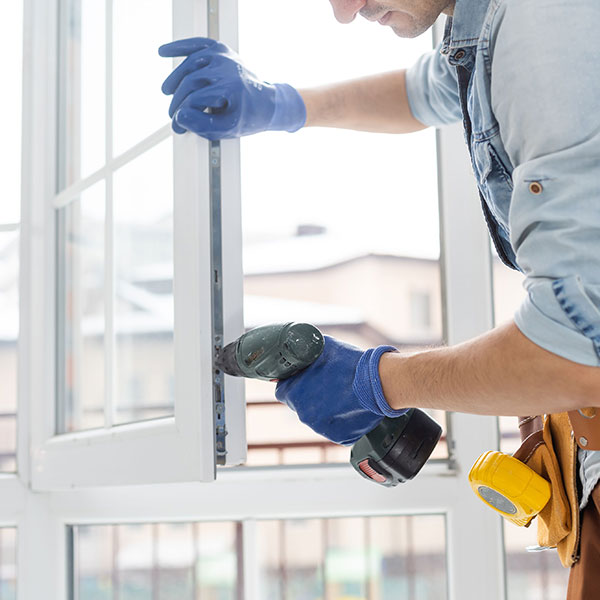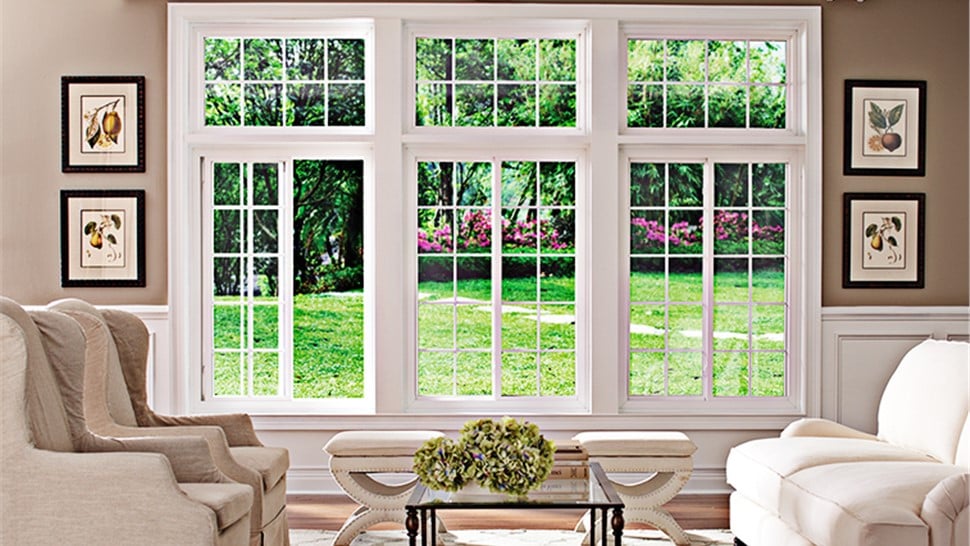Upgrade Your Home With Energy-Efficient Home Window Substitutes
In the realm of home enhancement, the decision to update to energy-efficient home window substitutes can significantly impact both the performance and appearances of a house (Woodlands window replacement). As property owners look for means to improve the performance and sustainability of their living spaces, the choice of home windows plays a critical function in achieving these goals. Beyond the surface area level of simple appearances, energy-efficient windows offer a multitude of advantages that exceed plain curb allure. With a mindful selection process that takes into consideration numerous aspects, from glass types to installation strategies, starting this home upgrade trip could verify to be a transformative undertaking.
Advantages of Energy-Efficient Windows

The installment of energy-efficient home windows supplies significant financial savings on utility expenses while enhancing environmental sustainability. Energy-efficient windows are created to lessen heat loss and gain, reducing the need for heating and cooling down systems to burn the midnight oil. By efficiently insulating the home, these windows assist keep a comfy indoor temperature year-round, resulting in reduced energy intake and lowered utility costs. In addition, energy-efficient windows can aid manage moisture degrees within the home, decreasing the danger of mold and mildew and mildew growth.
Beyond the economic benefits, energy-efficient home windows add to environmental sustainability by reducing carbon discharges linked with power production. By decreasing power use, these windows help reduce the environmental influence of heating, air conditioning, and lights domestic spaces. This reduction in energy consumption plays a vital function in combating climate change and promoting a greener future for generations to come. On the whole, spending in energy-efficient windows not just boosts the comfort and performance of a home yet likewise straightens with ecologically aware methods.
Kinds Of Energy-Efficient Glass
Various innovative kinds of energy-efficient glass deal distinct buildings that accommodate various needs and choices in improving the sustainability and performance of buildings. Low-emissivity (Low-E) glass is a popular alternative created to minimize the quantity of ultraviolet and infrared light that can go through the glass, thus minimizing warmth transfer. This type of glass helps preserve a constant interior temperature level, lowering the demand for heating or cooling down systems, and ultimately reducing energy expenses. An additional ingenious alternative is spectrally careful glass, which allows visible light to go through while blocking specific kinds of infrared radiation. This aids in maintaining a comfortable interior environment while decreasing warmth gain. Triple-pane glass, being composed of three layers of glass with protecting gas between them, provides improved thermal insulation, making it highly energy-efficient. Additionally, self-cleaning glass with an unique covering that breaks down and loosens up dirt when subjected to sunlight can lower maintenance needs and maintain home windows looking clean. Each type of energy-efficient glass offers distinctive benefits, allowing property owners to pick one of the most suitable option based upon their details requirements and goals.
Aspects to Take Into Consideration When Choosing
When pondering energy-efficient home window substitutes, it is crucial to meticulously analyze certain aspects that straighten with your sustainability objectives and wanted power cost savings. The U-factor procedures exactly how well the window shields, with lower numbers suggesting better insulation, while the SHGC shows the home window's capacity to block warm from sunshine. By carefully assessing these factors, you can choose energy-efficient windows that improve convenience, lower energy costs, and benefit the environment.
Setup and Upkeep Tips

Routine maintenance is key to my review here maintaining the effectiveness of your energy-efficient windows. Examine the windows regularly for any type of signs of sealer, damages, or wear damage. Clean the frames, tracks, and glass frequently utilizing moderate soap and water to click here for info remove dust and grime that can impact efficiency. Check the weather-stripping and seals for any tears or voids and change them if needed to keep the home windows' energy efficiency.
Additionally, oil moving components such as hinges and locks to ensure smooth operation. By complying with these setup and maintenance pointers, you can enhance the energy performance of your home and extend the life expectancy of your energy-efficient windows.
Cost-Benefit Analysis of Updating

Energy-efficient home windows are created to decrease warm transfer, reducing the requirement for home heating and cooling systems to function directory overtime. This can lead to substantial savings on power expenses, specifically in areas with extreme temperatures. In addition, energy-efficient home windows can enhance the total worth of your home, making it a lot more attractive to prospective buyers if you make a decision to offer in the future.
When calculating the cost-benefit analysis, consider the potential financial savings on energy expenses, any offered incentives or discounts, and the lifespan of the windows. While the first expense might be greater, the long-term savings and benefits of energy-efficient windows make them a wise financial investment for homeowners aiming to boost their building's power performance and worth.

Conclusion
To conclude, updating to energy-efficient window substitutes offers countless benefits such as reduced energy usage, enhanced convenience, and price savings. By picking the suitable kind of energy-efficient glass and taking into consideration aspects like framework product and setup, home owners can maximize the efficiency of their windows. Routine upkeep and proper installation are essential for long-lasting performance. Generally, the cost-benefit analysis of upgrading to energy-efficient windows shows that the preliminary investment can bring about significant savings over time.
When contemplating energy-efficient home window substitutes, it is imperative to very carefully examine particular factors that straighten with your sustainability purposes and desired power cost savings. The U-factor measures just how well the window protects, with reduced numbers suggesting far better insulation, while the SHGC suggests the home window's capability to block warmth from sunlight. By carefully reviewing these elements, you can pick energy-efficient home windows that boost convenience, minimize power prices, and benefit the atmosphere.
While energy-efficient home windows might have a higher in advance cost contrasted to conventional windows, the lasting advantages usually exceed the first financial investment.In final thought, updating to energy-efficient home window substitutes supplies countless advantages such as reduced energy intake, increased convenience, and price savings.